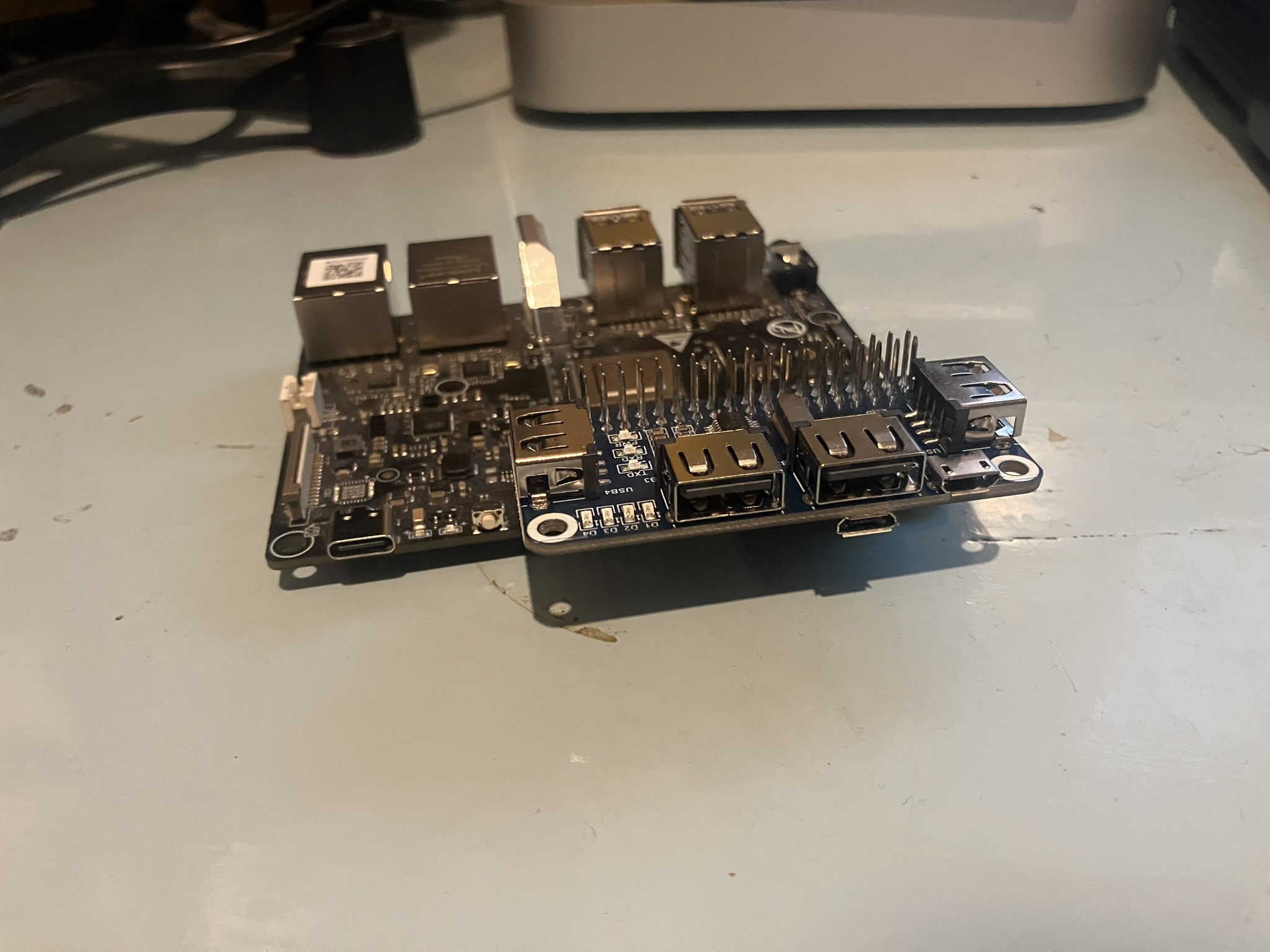Posts
4565Following
317Followers
476OpenPGP: 3AB05486C7752FE1
Jarkko Sakkinen
jarkkoJarkko Sakkinen
jarkkoJarkko Sakkinen
jarkkonot sure what to think about the next obvious step other than it is inevitably the next step :-)
so to scope the "problem" with the current AI is that it is not an "artist" using its own imagination, it is an "entertainer" following the patterns known to work for most.
Jarkko Sakkinen
jarkkoThe benefit in it is that if I write anything with reStructuredText it is easy to port as kernel documentation later on. #python
Jarkko Sakkinen
jarkkoimho, m4 has its time and place in history and inspired bunch of other tools.
i remember using it ages ago for e.g. static web site generation where it did the job (today i'd probably pick something more modern), and of course still continuing enforced use with horrific autotools from time to time :-)
Jarkko Sakkinen
jarkkoJarkko Sakkinen
jarkkoE.g. with a bass patch for Serum I layer it with #Bitwig macro that has access to slopes through DAW interface but I cannot put it as part of preset. In Phase Plant I can have the macro within the preset.
#audio #musicproduction
Jarkko Sakkinen
jarkkoHave been pretty happy how suddenly TPM2 has so much upbringing :-) When I implemented the support back in 2014 there was many years of with very few people paying any attention so this sudden interest has been totally unexpected. It is pretty de-motivating something that nobody wants to use.
Jarkko Sakkinen
jarkkoJarkko Sakkinen
jarkkoJarkko Sakkinen
jarkkoJarkko Sakkinen
jarkkoAfter couple of hours poking around I now know how to embed #typst markup from yaml to a typst document :-)
I’m working on resume made with typst (as I’m looking to find a new job by end of September), and in that I’m using #yaml file to separate presentation from the content. Job descriptions can involve links, and thus those entries need to be evaluated.
First observation was:
#eval(job.description, mode: "markup")
If mode-parameter is not defined, typst will try to parse the string as an expression (i.e. mode: "code" is the efault, which is feasible in this case.
Another problem was the use of the hash character for tags, which is used for comments in yaml.
I sorted that out by putting every description into double quotes after trying a few different approaches:
description:
"I first worked on Keystone Security Monitor for RISC-V by enabling it
for CVA6 running on FPGA. This work was part of the EU funded
#link(\"https://www.spirs-project.eu/\")[SPIRS project].
It involved
tuning the
#link(\"https://buildroot.org/\")[BuildRoot]
based embedded stack, and
fixing various
#link(\"https://github.com/keystone-enclave/keystone/issues/378\")[issues].
in the OpenSBI firmware.
For the second half of my contract I'm enabling Linux for the new SoC's
developed by
#link(\"https://sochub.fi/\")[SocHub project]."
The screenshot shows the end result.
Nothing too complicated but took some time to find working patterns so putting here as a #note for myself :-)
Jarkko Sakkinen
jarkkoJarkko Sakkinen
jarkkoOpenSUSE has perl-Inline and perl-Inline-Python packages only.
Flatpak package would be probably solution that would acceptable for most kernel developers because anyone can install it. The only glitch in that would be flatpak run prefix but that is not a big deal.
Jarkko Sakkinen
jarkkoOne working way would be probably to use OCI container, flatpak, appimage or something that containerizes all the perl shenanigans but gave up for the moment with this...

